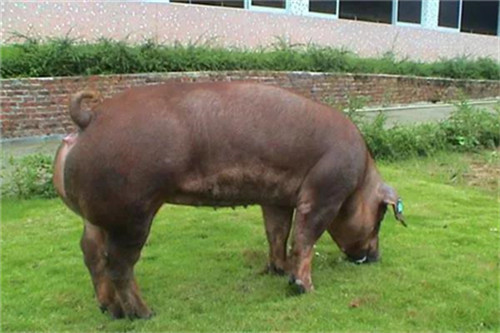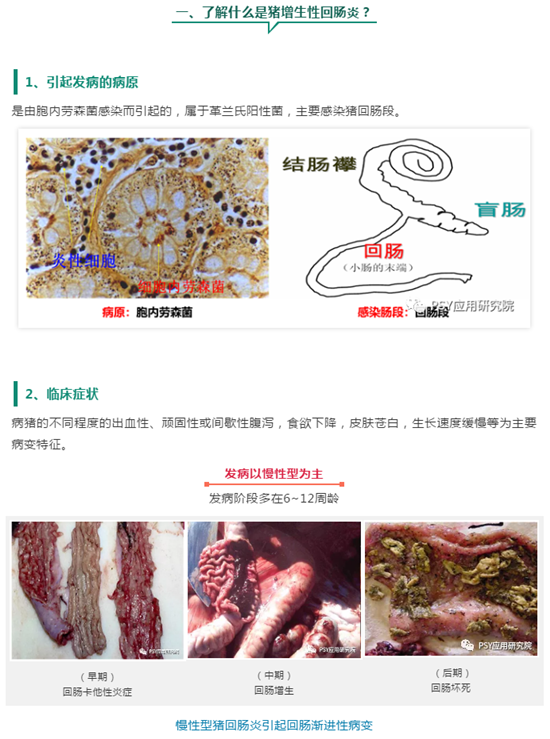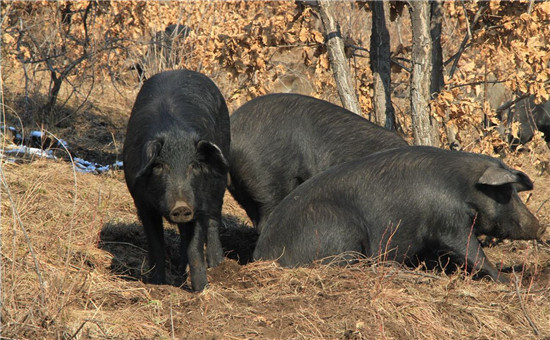How to distinguish between bacterial and viral diarrhea in pigs?
After diarrhea occurs in many pig farms, it is often difficult to distinguish between viral diarrhea and bacterial diarrhea. However, the treatment plan of medication can not be implemented correctly, resulting in heavy losses. In particular, piglet viral diarrhea can not be treated with general drugs, viral relative bacterial diarrhea, come quickly, and spread widely. Therefore, our first judgment after the occurrence of diarrhea is extremely important. Bacterial diarrhea is also known as bacterial diarrhea, how to distinguish viral diarrhea or bacterial diarrhea.
The main results are as follows: (1) to find the difference from the epidemic season: viral diarrhea mostly occurs in winter and spring, while bacterial diarrhea can occur all year round.

(2) to find differences in clinical manifestations: it can be seen from the nouns that diarrhea is more ferocious than diarrhea, so it is in shape, color, smell and defecation frequency. Diarrhea is mostly watery, also known as watery diarrhea, while diarrhea refers to thin feces, mostly in the form of dilute paste.
Viral diarrhea such as transmissible gastroenteritis in pigs: young piglets often develop suddenly, showing watery diarrhea, stench, vomiting, rapid dehydration, decreased body weight and body temperature, mortality as high as 80%, weaned piglets with watery diarrhea and vomiting, feces gray or brown. Porcine epidemic diarrhea: the body temperature of diseased pigs rose to 41 ℃, but returned to normal after the onset of diarrhea. The piglets within 10 days of age had a serious disease, pulling yellow or light green thin feces.
Porcine rotavirus disease: sick pigs vomiting diarrhea, feces are watery to paste, yellow, gray or black.
In bacterial diarrhea, both porcine dysentery with bloody stool (piglets and piglets aged 7-12 weeks) and red dysentery of piglets (mainly affecting 1-3-day-old piglets and rarely occurring after 7 days of age), or yellow dysentery of piglets introduced by E. coli [10-20-day-old piglets] and white dysentery [1-3-day-old piglets] And paratyphoid piglets with foul smell (mostly occurred in piglets under 6 months old, 2-4 months old, and high incidence in cold or alternating seasons), which can be distinguished from the color and smell of diarrhea feces. (source: licensed veterinarian)
- Prev

Why is diarrhea increasing in growing and finishing pigs at present? It's getting more and more popular!
Why is diarrhea increasing in growing and finishing pigs at present? It's getting more and more popular!
- Next

How to do piglet constipation? The solution is here!
How to do piglet constipation? The solution is here!
Related
- On the eggshell is a badge full of pride. British Poultry Egg Market and Consumer observation
- British study: 72% of Britons are willing to buy native eggs raised by insects
- Guidelines for friendly egg production revised the increase of space in chicken sheds can not be forced to change feathers and lay eggs.
- Risk of delay in customs clearance Australia suspends lobster exports to China
- Pig semen-the Vector of virus Transmission (4)
- Pig semen-the Vector of virus Transmission (3)
- Five common causes of difficult control of classical swine fever in clinic and their countermeasures
- Foot-and-mouth disease is the most effective way to prevent it!
- PED is the number one killer of piglets and has to be guarded against in autumn and winter.
- What is "yellow fat pig"? Have you ever heard the pig collector talk about "yellow fat pig"?

